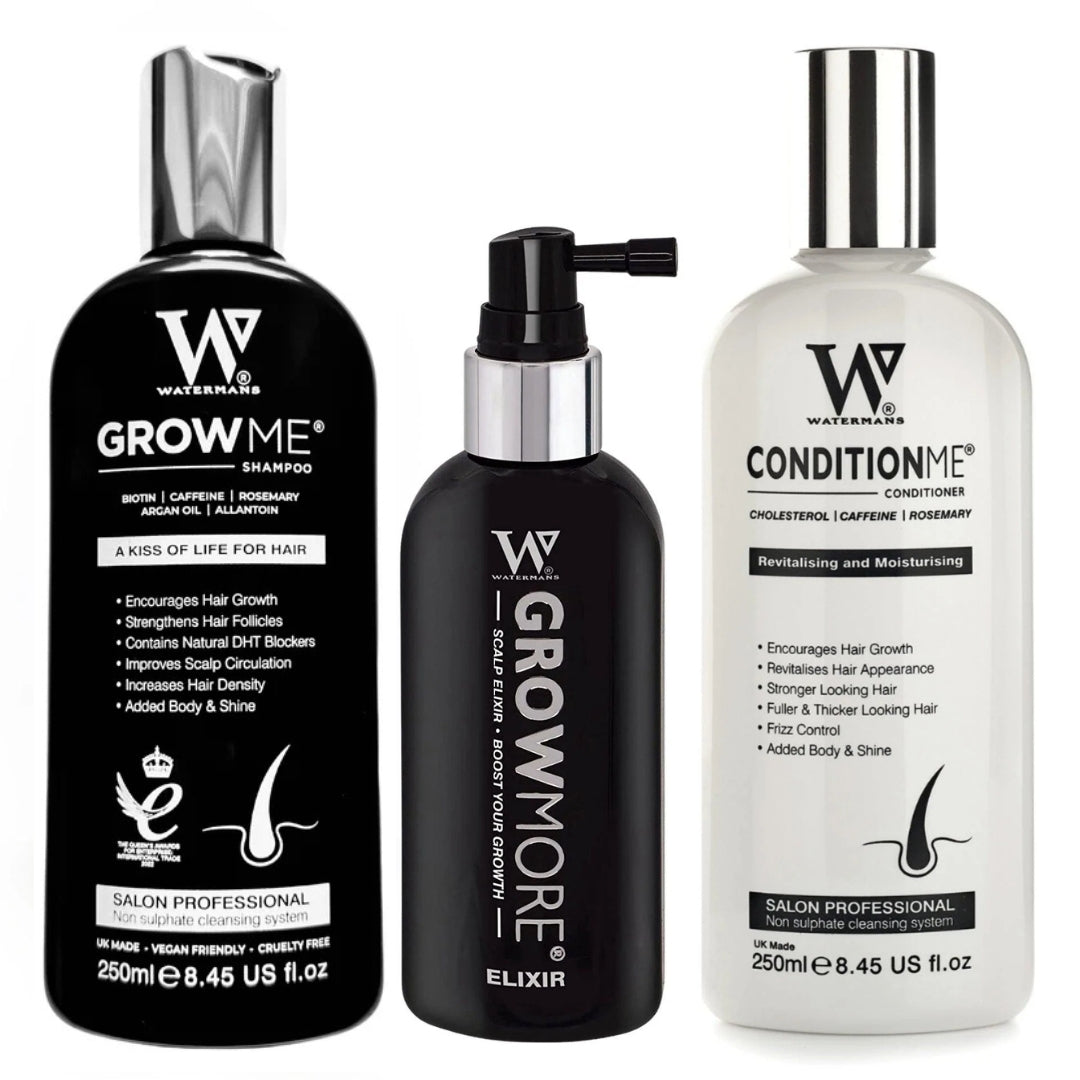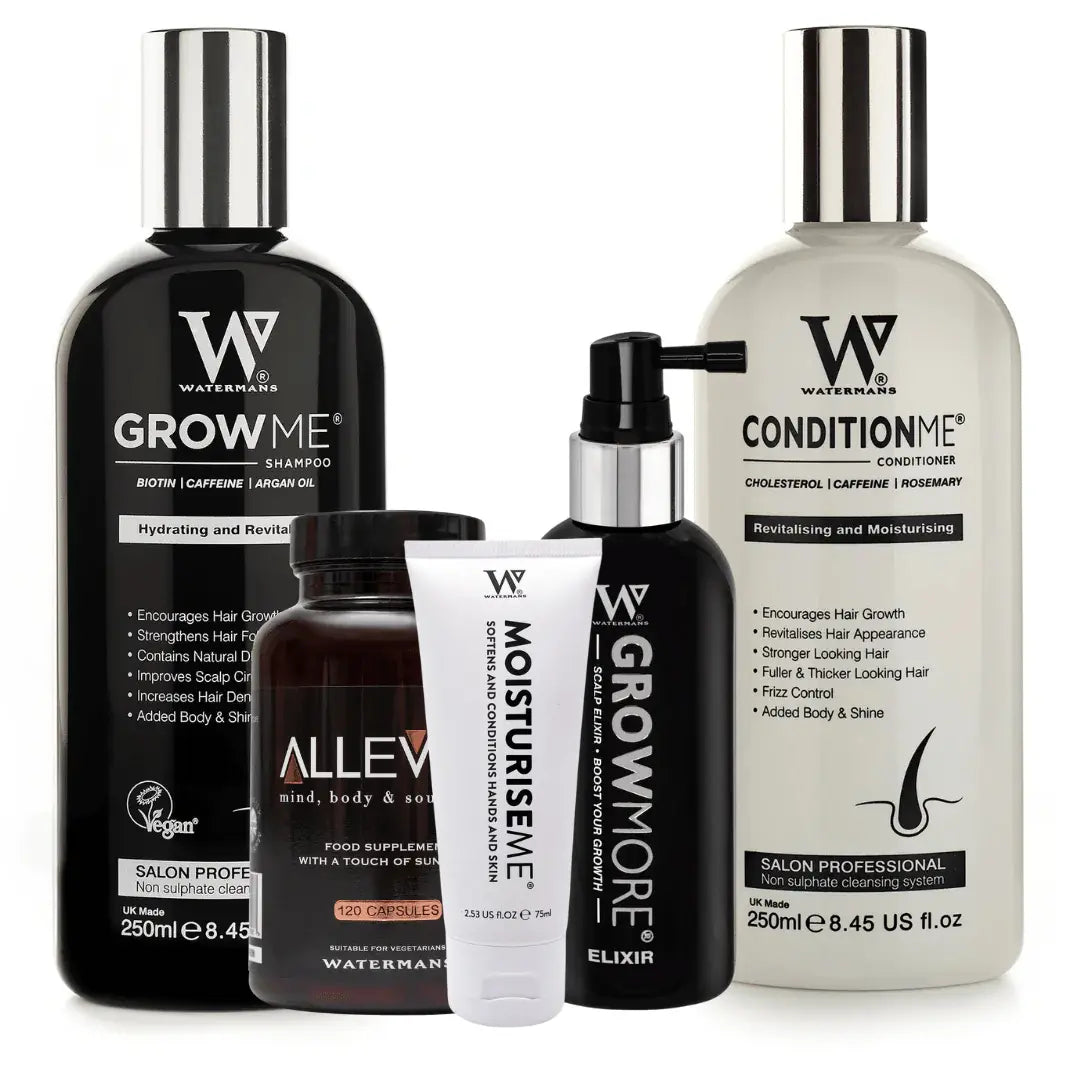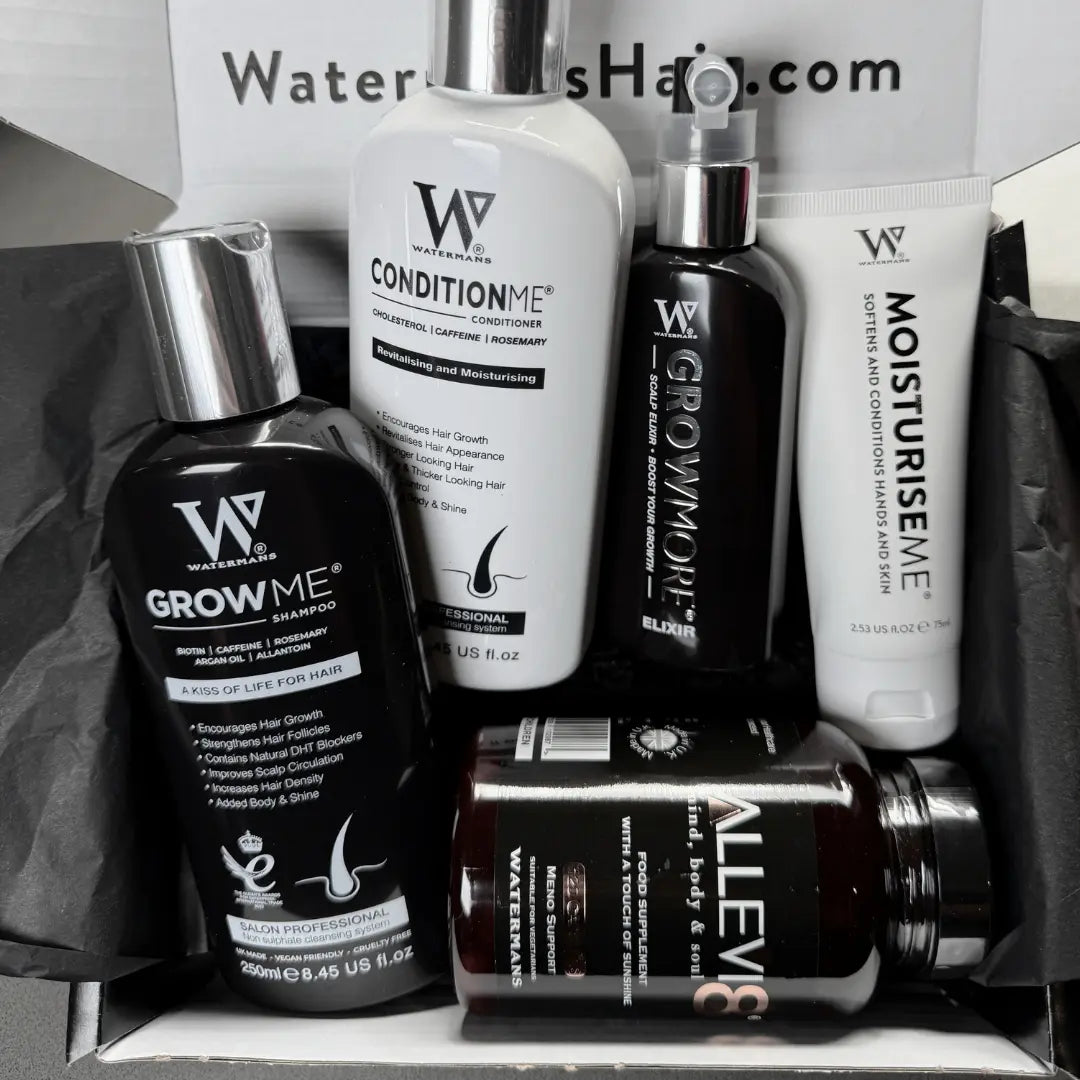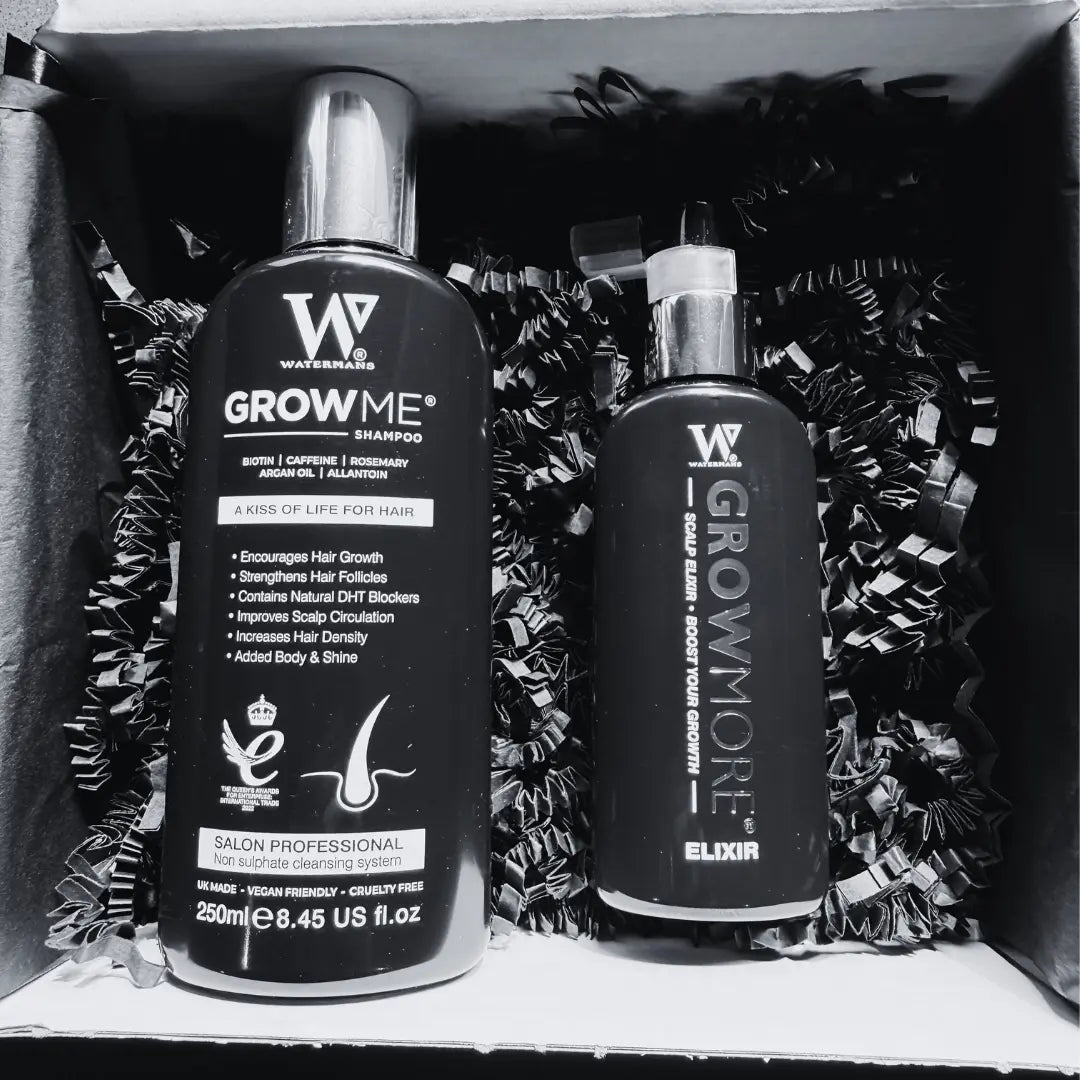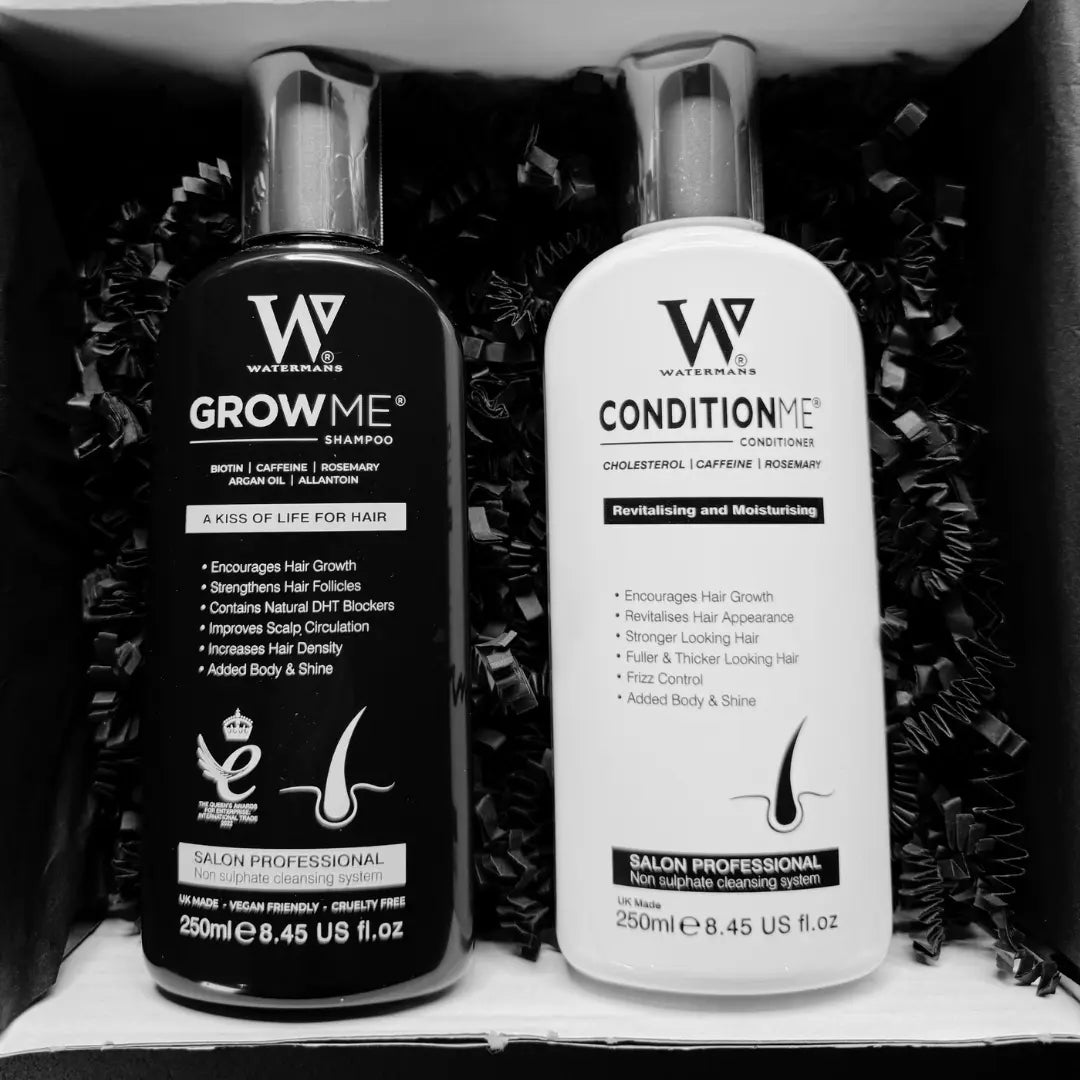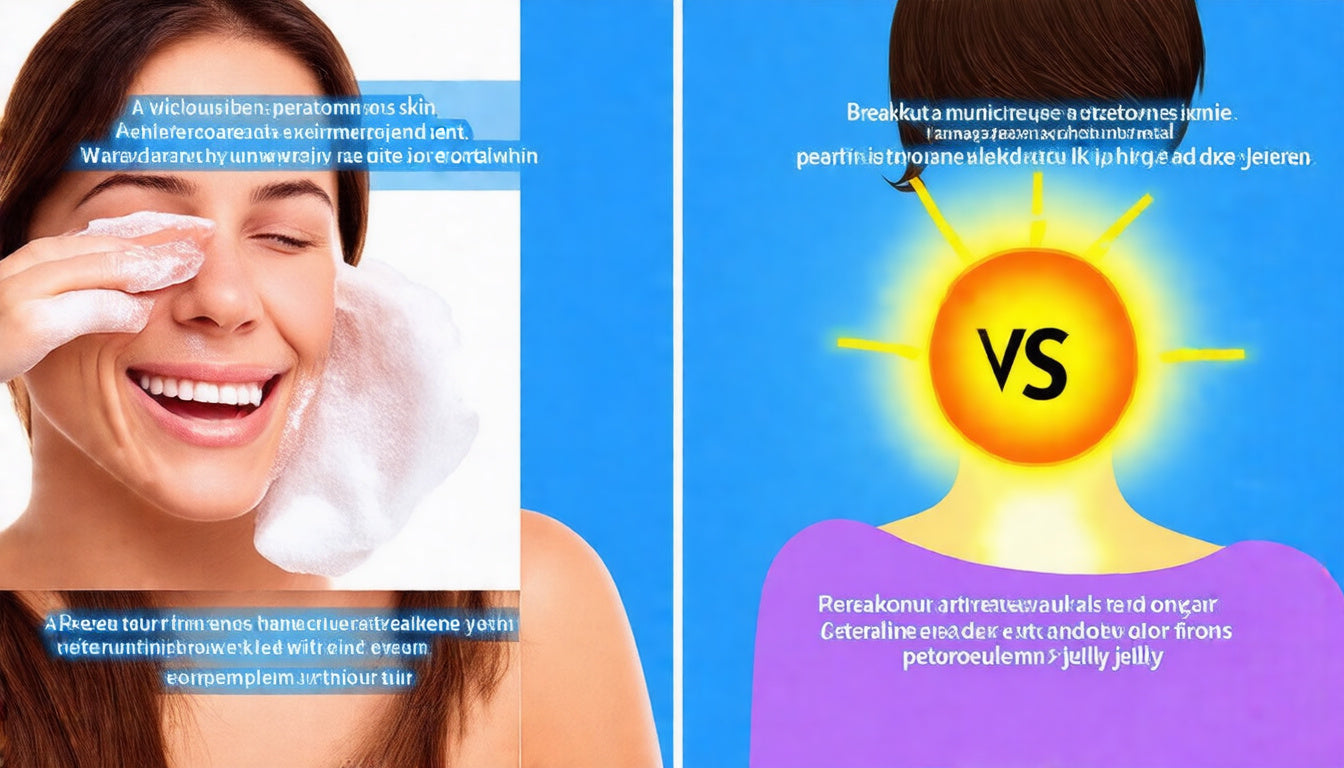
The Truth About Petroleum Jelly: Safe or Hazardous?
Petroleum jelly, commonly known by brand names such as Vaseline, has been a household staple for generations, used for everything from moisturizing dry skin to healing minor cuts. However, many people wonder: is petroleum jelly safe or hazardous for use on our skin and lips? Let’s uncover the facts and dispel common myths surrounding this widely used product.
What Is Petroleum Jelly?
Petroleum jelly is a by-product of crude oil processing. During this process, crude oil undergoes thorough filtration and purification to remove any harmful chemicals or toxins. What remains is a pure, safe substance known for its occlusive properties—that is, it forms a protective barrier on the skin’s surface to seal in moisture.
Is Petroleum Jelly Safe to Use?
Contrary to some myths that suggest applying petroleum jelly on lips or skin is dangerous, the truth is that petroleum jelly is very safe. It has been approved by regulatory bodies such as the FDA, ensuring its safety for cosmetic and medicinal use.
Petroleum jelly does not contain harmful or toxic chemicals once processed correctly. It acts as an effective sealant, helping to retain moisture in dry or irritated skin areas. This makes it especially helpful for:
- Dry, chapped lips
- Irritated skin around the eyes or eyelids
- Cracked heels or rough hands
Benefits of Using Petroleum Jelly
1. Moisture Retention
Petroleum jelly forms an occlusive layer on the skin, preventing water loss and keeping the area hydrated. This is crucial for healing cracked or dry skin.
2. Gentle Protection
Because it is inert and hypoallergenic, petroleum jelly is generally safe for sensitive areas, including lips, eyelids, and even minor wounds.
3. Multi-Purpose Use
Its versatility allows you to use it on different parts of your body such as hands, feet, and face, especially in weather conditions that cause extreme dryness.
Common Myths Debunked
-
Myth: Petroleum jelly is harmful because it comes from oil.
Fact: While petroleum jelly is derived from crude oil, it undergoes a meticulous filtration process that removes harmful substances, making it safe for cosmetic use.
-
Myth: Applying petroleum jelly on lips is like putting petroleum inside your body, which is dangerous.
Fact: When used externally, petroleum jelly does not get absorbed into the bloodstream nor does it accumulate in the body. It simply acts on the skin’s surface.
How to Use Petroleum Jelly Safely
Use a clean finger or applicator to apply a thin layer of petroleum jelly on dry or irritated skin areas. Avoid using it on deep wounds or infected areas unless advised by a healthcare professional. It is perfect for daily skin care routines, especially during dry seasons or if you have naturally dry skin conditions.
For those seeking effective hair products that nourish and protect, consider exploring specialized solutions designed for hair health. Products formulated to combat hair loss and improve hair condition can complement your skincare routine. Watermans offers a variety of hair products designed to meet these needs.
Conclusion
Petroleum jelly is a safe and effective product when used appropriately. It has stood the test of time as a reliable remedy for dry skin and minor irritations. Approved by health authorities worldwide, petroleum jelly is far from hazardous; it's a moisturizing ally you can trust.
If you struggle with dryness, don’t hesitate to use petroleum jelly to lock in moisture and protect your skin safely.


